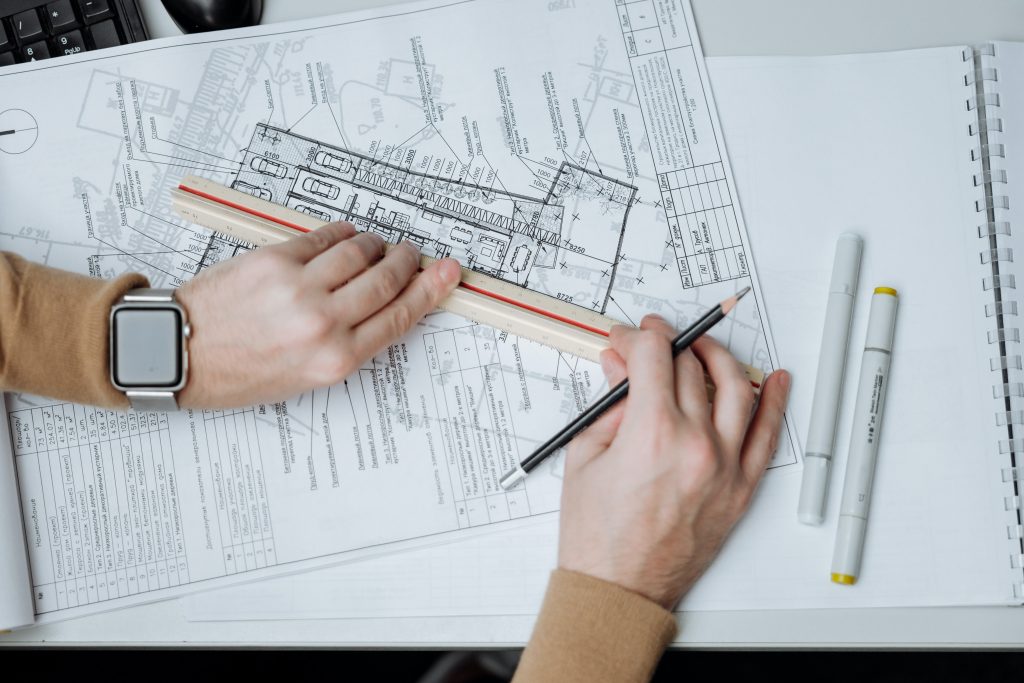Precision and detail are paramount in the rapidly evolving world of architecture. Architects strive to create elegantly pleasing, functional, and structurally sound structures. In this pursuit, technology plays a crucial role, and one such technological marvel that has revolutionised the architectural landscape is the plotter printer. Plotter printers have emerged as indispensable tools, empowering architects with the ability to produce accurate, detailed, and large-scale designs that were once unattainable. This article delves into how the best plotter for architects has transformed the architectural industry, enabling architects to bring their visions to life with unparalleled accuracy and efficiency.

Precision at Scale
Plotter printers are engineered to produce large-format prints with utmost precision. Unlike traditional printers, which may falter when tasked with printing intricate architectural drawings, plotter printers excel at handling complex design files with precision at scale. They employ cutting-edge technologies such as thermal inkjet or electrostatic plotters to reproduce every line, curve, and annotation accurately. This level of precision is crucial in architectural projects, where even the smallest deviation can lead to costly errors during construction.
Detailed Renderings and Visualisation
Architects heavily rely on visual representations to convey their designs effectively to clients, contractors, and other stakeholders. Plotter printers enable architects to generate detailed renderings and visualisations that showcase the finer nuances of a design. Whether a sprawling master plan or a minute architectural element, plotter printers ensure that every detail is faithfully reproduced on paper, fostering better communication and understanding among all parties involved.
Seamless Integration with CAD Software
Modern architectural workflows heavily revolve around Computer-Aided Design (CAD) software, where architects conceptualise, draft, and refine their designs digitally. Plotter printers seamlessly integrate with these CAD programs, allowing architects to directly print their designs without the need for manual conversions or adjustments. This integration not only saves valuable time but also preserves the integrity of the original design, avoiding potential discrepancies that may arise during the transfer process.
Enhanced Efficiency and Productivity
Time is essential in architecture, and plotter printers contribute significantly to improving efficiency and productivity. With their ability to produce multiple copies of a design swiftly, architects can expedite the review and approval processes. Moreover, plotter printers can handle batch printing, allowing architects to print entire sets of drawings simultaneously, further streamlining the documentation process for large projects. Furthermore, plotter printers offer the advantage of automatic document collation and organisation, eliminating the need for manual sorting and arranging printed drawings. This streamlined process saves architects valuable time and reduces the risk of errors or misplaced documents, ensuring an efficient workflow from design to construction.
Accurate Site Plans and Blueprints
Producing accurate site plans and blueprints is paramount for architects working on complex projects. Plotter printers, with their large-format capabilities, enable architects to generate detailed site plans that encompass all relevant information, such as topography, utilities, and building layouts. These precise blueprints are essential guides for contractors and engineers during construction, minimising potential errors and ensuring smooth project execution.
Facilitating 3D Printing

The advent of 3D printing technology has opened up new avenues in architecture, allowing architects to create intricate models and prototypes. The best plotter for architects plays a vital role in this process by producing detailed 2D drawings that serve as the foundation for 3D printing. Architects can create intricate designs on the plotter and then translate them into tangible 3D models, enabling them to explore and refine their ideas in a tangible, tactile manner.
Integration of Multiple Media
Plotter printers are not limited to printing standard architectural drawings. They can accommodate various media types, including heavyweight paper, vellum, Mylar, or even canvas. This flexibility allows architects to experiment with different materials, catering to specific project requirements and visual aesthetics. By integrating multiple media, architects can breathe life into their designs, offering clients and stakeholders a comprehensive understanding of the project’s final vision. Additionally, plotter printers can handle diverse media sizes, ranging from standard A0 to custom dimensions, allowing architects to work on projects of any scale. This adaptability allows architects to showcase their designs in a variety of formats, enhancing the impact and accessibility of their work.
Sustainability and Eco-Friendly Practices
In the era of sustainability, architects are increasingly conscious of their environmental footprint. Plotter printers have evolved to incorporate eco-friendly practices, such as energy-efficient printing modes and the use of recyclable or biodegradable materials. These measures align with the architectural industry’s commitment to environmentally responsible design and construction practices, making plotter printers an eco-conscious choice for architects worldwide.
Conclusion
Plotter printers have undoubtedly emerged as powerful allies for architects, providing them with the tools to create accurate and detailed designs. From precision at scale to seamless CAD integration, these devices have revolutionised architectural workflows, enabling architects to deliver their visions with unmatched precision and efficiency. With plotter printers, architects can confidently communicate their ideas, generate detailed renderings, and embrace sustainable practices, ultimately elevating the quality of architectural design and construction worldwide. As technology advances, plotter printers are expected to empower architects further and contribute to the realisation of ever more ambitious and innovative architectural projects.


